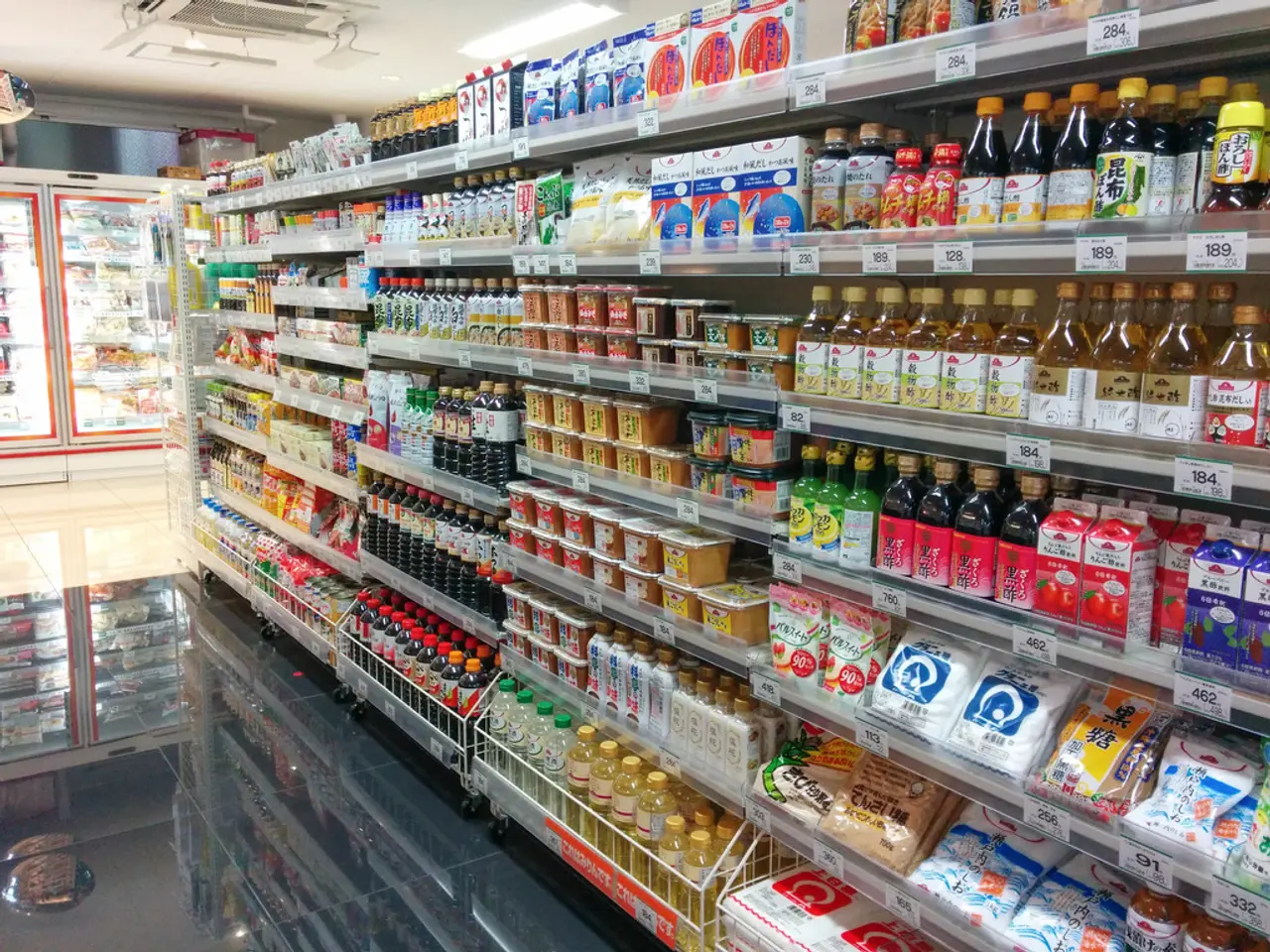Businesses in Canada should adapt their strategies in response to Trump's tariffs, advises an accountant.
## Title: Canada Faces Increased U.S. Tariffs: Expert Offers Best-Case Scenario and Strategic Advice for Businesses
Canada is currently grappling with the potential of higher U.S. tariffs, with the possibility of a 35% rate on Canadian goods if a new trade deal is not reached by August 2025. This comes after U.S. President Donald Trump sent notices to several countries, demanding new trade agreements or face increased levies.
Lachlan Wolfers, global head of indirect taxes at KPMG International, has provided insights into the implications of these tariffs for Canadian businesses. According to Wolfers, Prime Minister Mark Carney's recent comments indicate that businesses and the public should prepare for the likelihood of new tariffs rather than hope for a tariff-free outcome.
**Best-case scenario:** Wolfers does not specify a specific "best-case" tariff rate for Canada, but his analysis points to the reality that a _baseline tariff rate_ (i.e., some form of tariff, not zero) is the most probable outcome. He also notes that the signals from Ottawa could indicate that "a deal is relatively imminent," but this would almost certainly involve Canada accepting some level of tariff, rather than achieving a fully tariff-free arrangement.
For instance, Indonesia, another country facing Trump's tariff ultimatum, managed to negotiate its proposed rate down from 32% to 19%, suggesting that diplomatic pressure and negotiation could potentially reduce, but not eliminate, the tariff burden for Canada as well.
## Implications for Canadian Businesses
- **Immediate impact:** Canadian businesses exporting to the U.S. are advised to shift their practices and prepare for the probability of ongoing tariffs, rather than waiting for a return to tariff-free trade. - **Strategic advice:** Wolfers and KPMG urge Canadian firms to adopt a proactive stance, optimizing supply chains and business models to mitigate the impact of tariffs and potential further disruptions. - **Survey data:** KPMG's recent survey found that 80% of Canadian business leaders expect to be impacted by U.S. tariffs, underscoring the widespread concern and need for adaptation.
## Conclusion
Lachlan Wolfers' public commentary suggests that the best-case scenario for Canada, short of a major diplomatic breakthrough, is to secure a negotiated tariff rate lower than the threatened 35%, similar to Indonesia's 19% outcome, but still some form of baseline tariff. Canadian businesses should plan for tariffs as a new normal in cross-border trade, with the hope of mitigating, rather than eliminating, the impact through strategic adaptation and ongoing negotiation.
The trade agreements between Canada and the U.S. are still under negotiation. Wolfers advises businesses to shift from a defensive to an offensive strategy in response to tariffs. Vietnam, for example, recently agreed to a 20% tariff rate, lower than what was previously promised. The situation remains fluid, and businesses are encouraged to stay informed and adapt their strategies accordingly.
- In the interview with Lachlan Wolfers, he mentioned that businesses and the public should prepare for a likely new tariff rate, as opposed to expecting a tariff-free outcome with the U.S.
- Lachlan Wolfers also suggested that the best-case scenario for Canada is to secure a negotiated tariff rate lower than the threatened 35%, causing businesses to strategize ways to mitigate the impact of tariffs.
- In response to the U.S. tariffs, financial professionals are encouraging Canadian businesses to take a proactive approach and optimize their supply chains and business models to adapt to the new tariff landscape.




